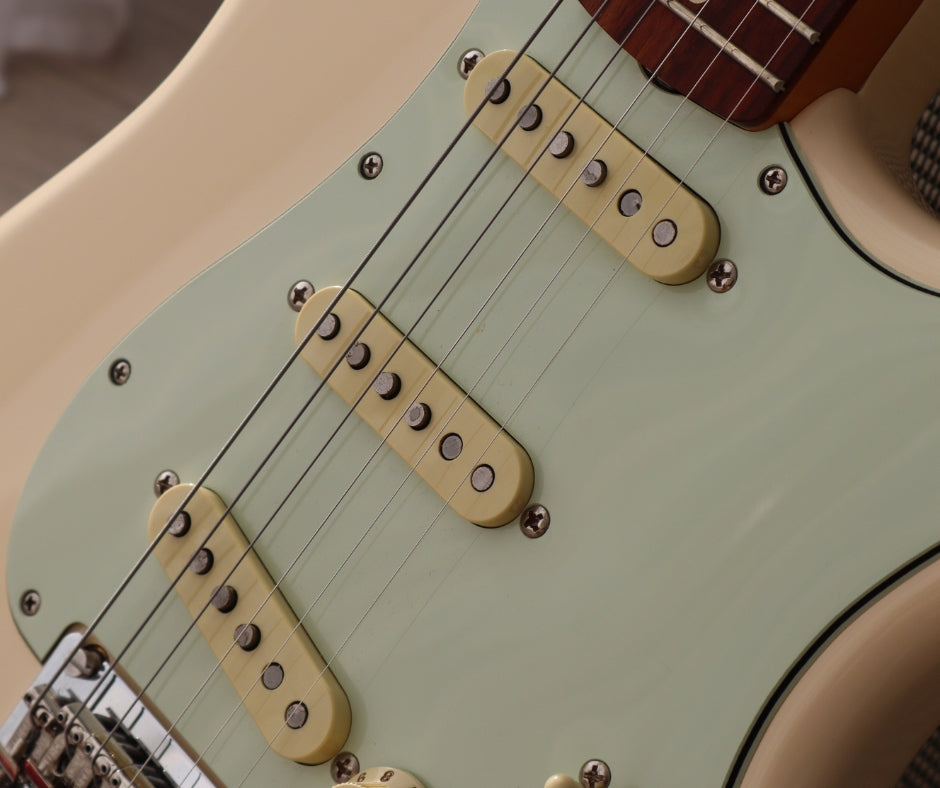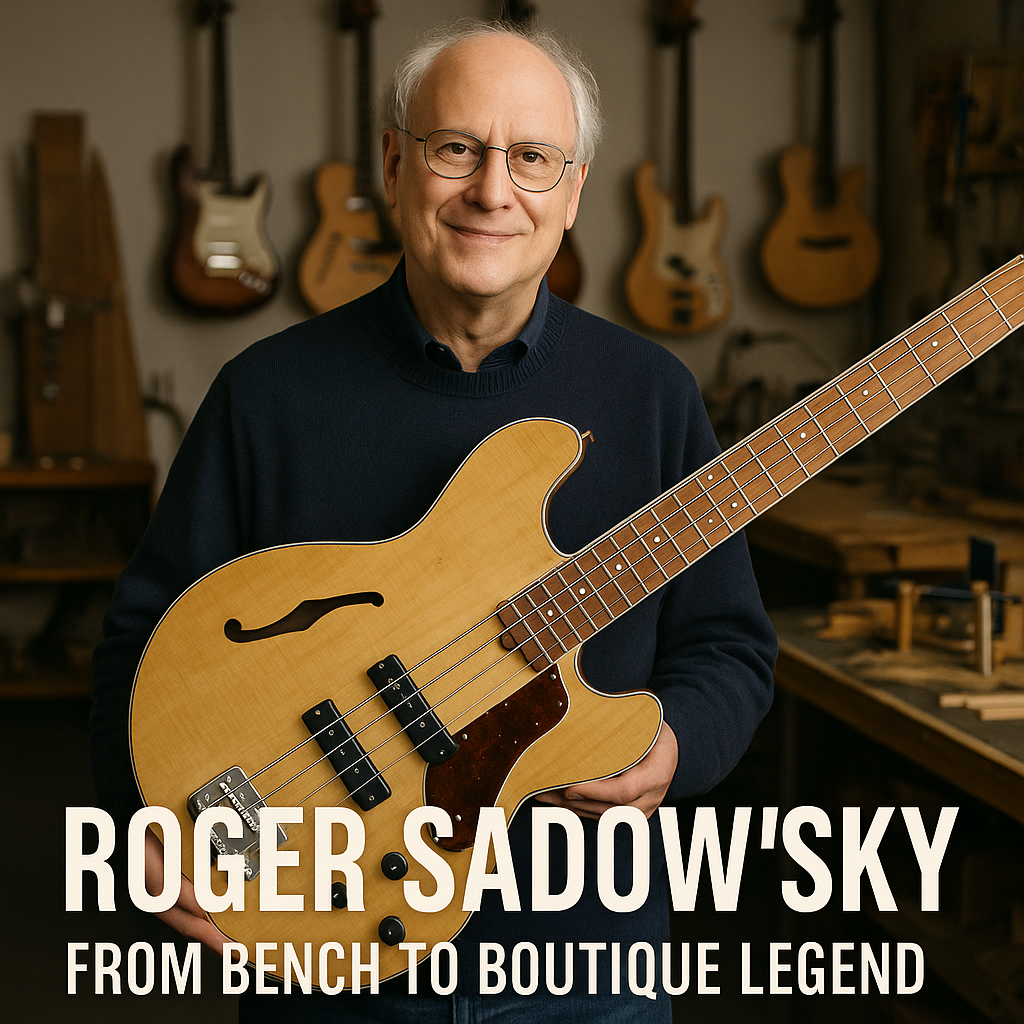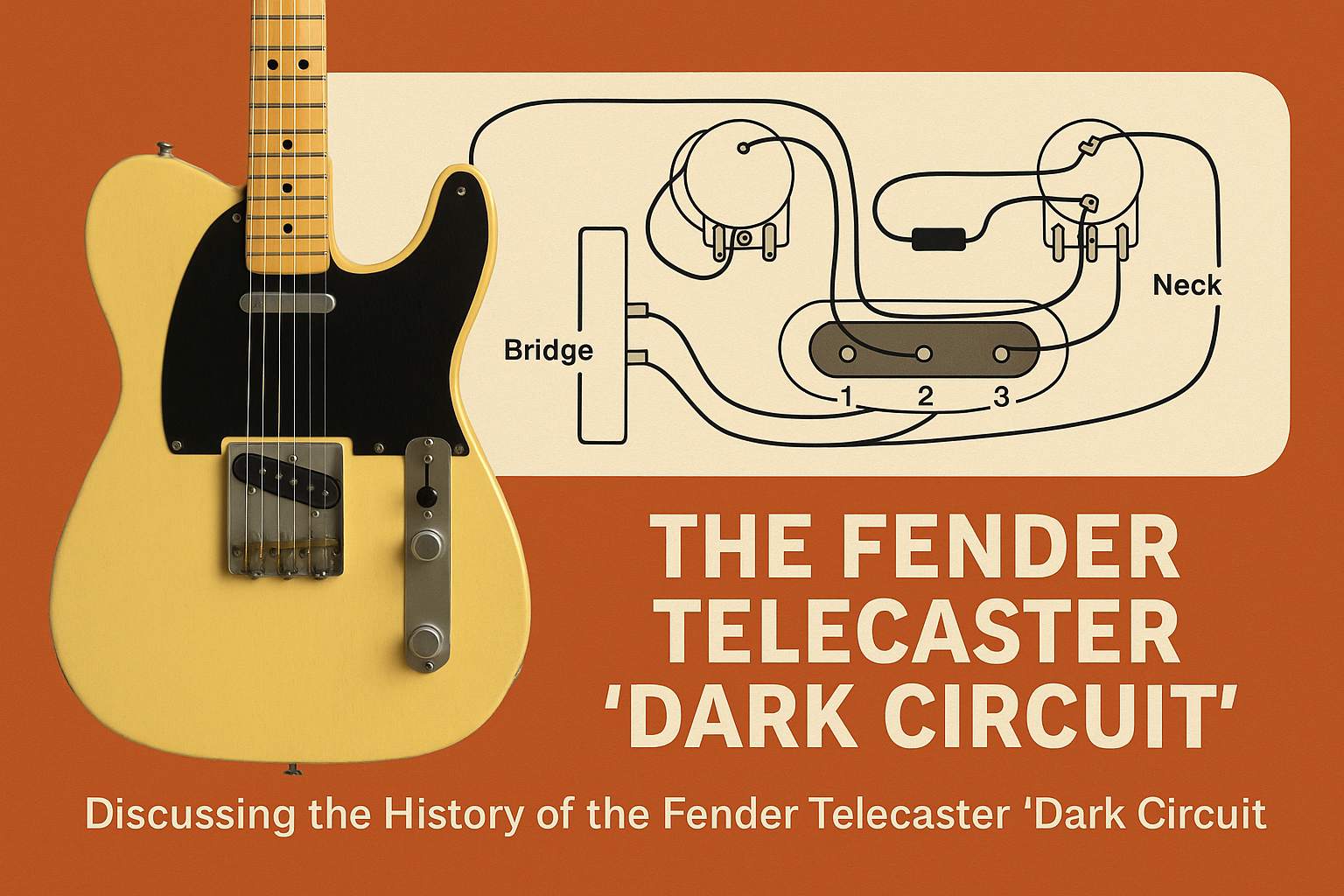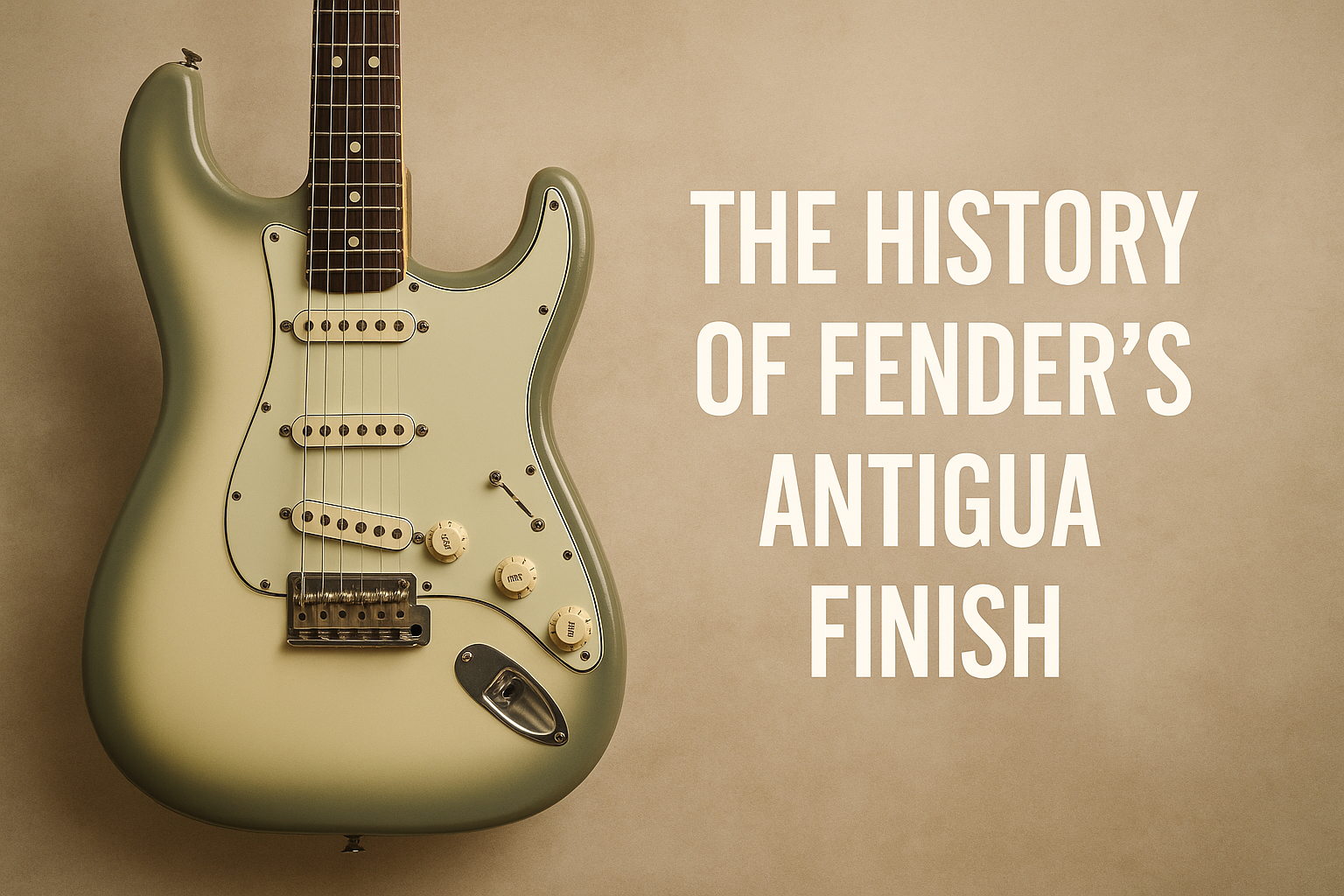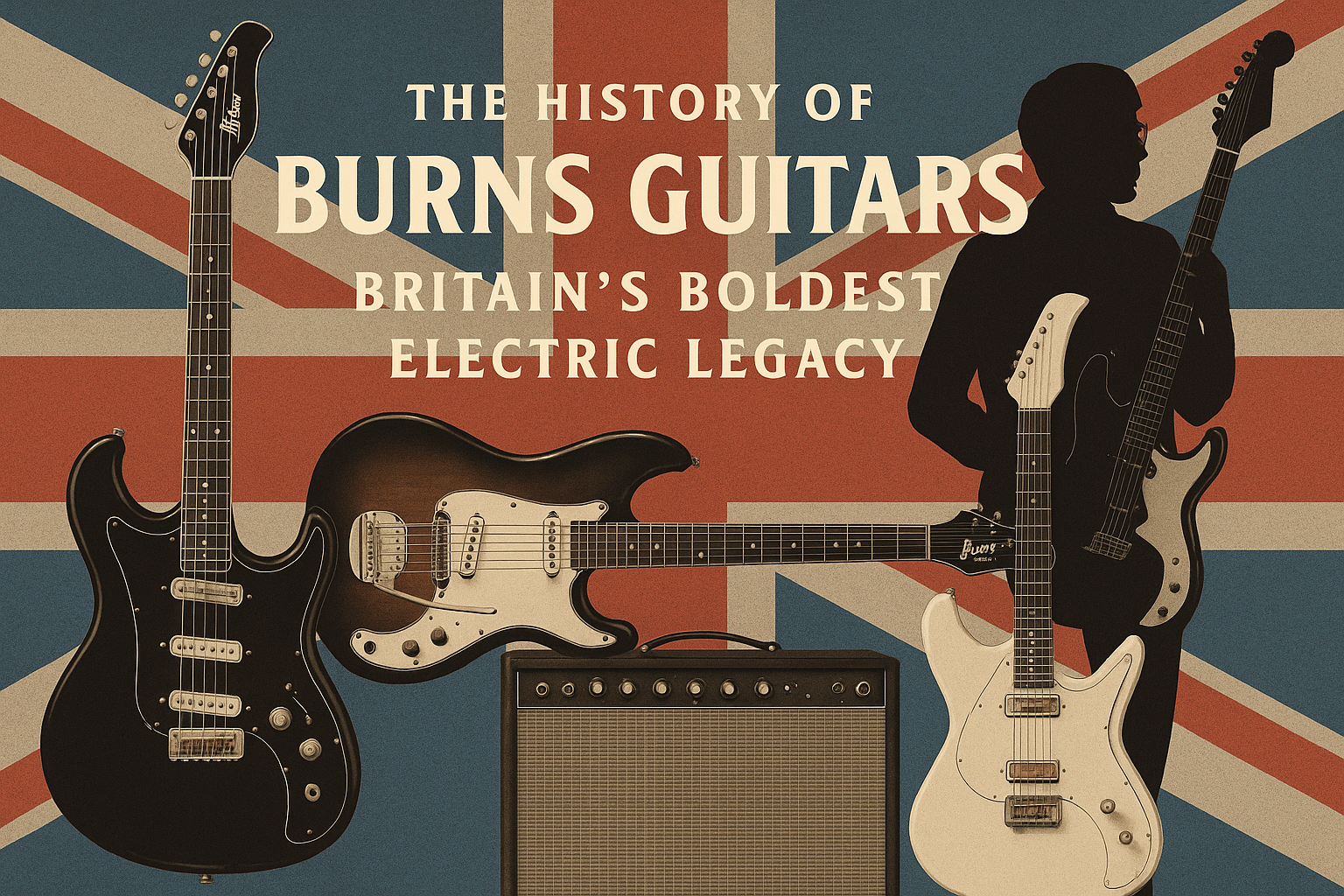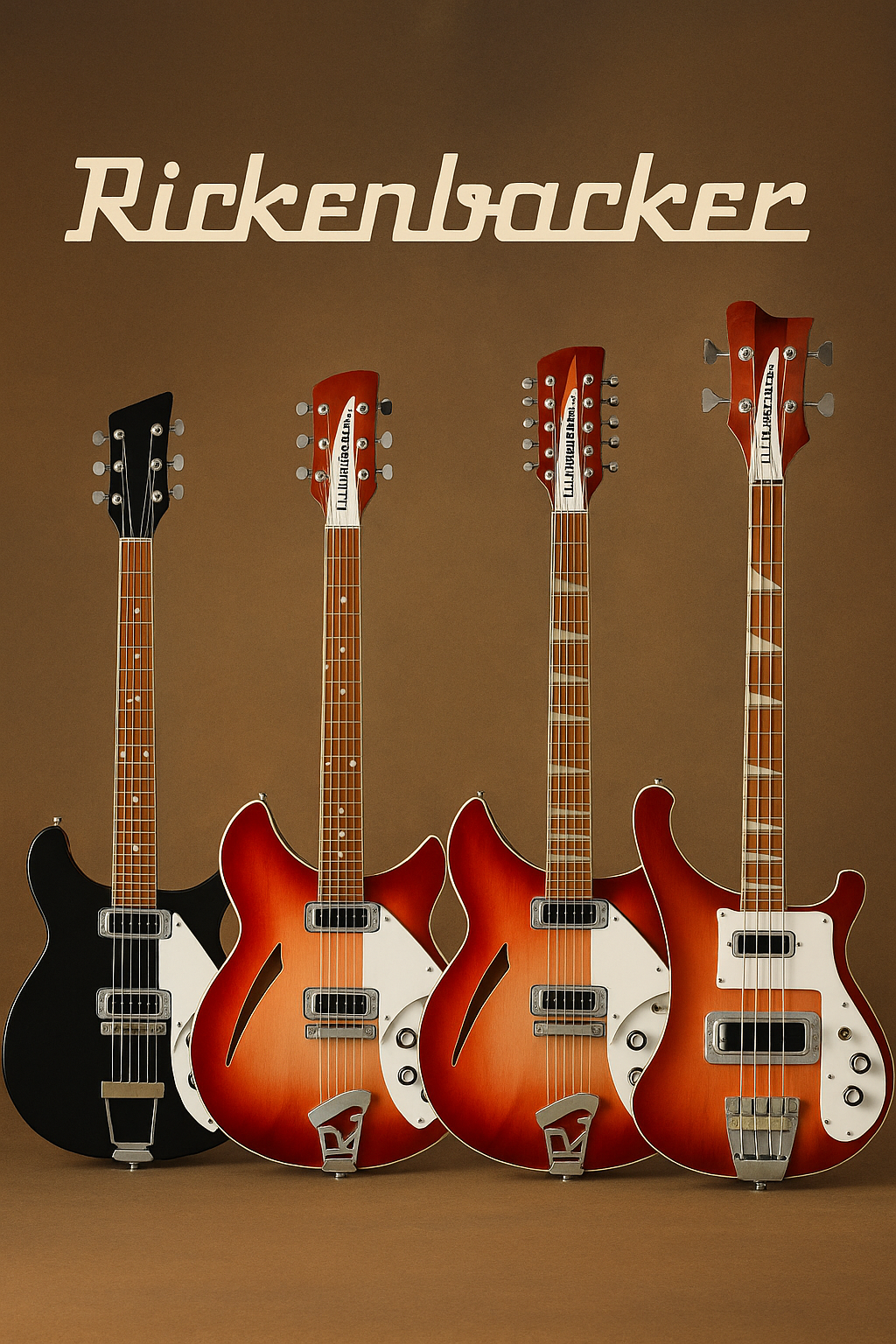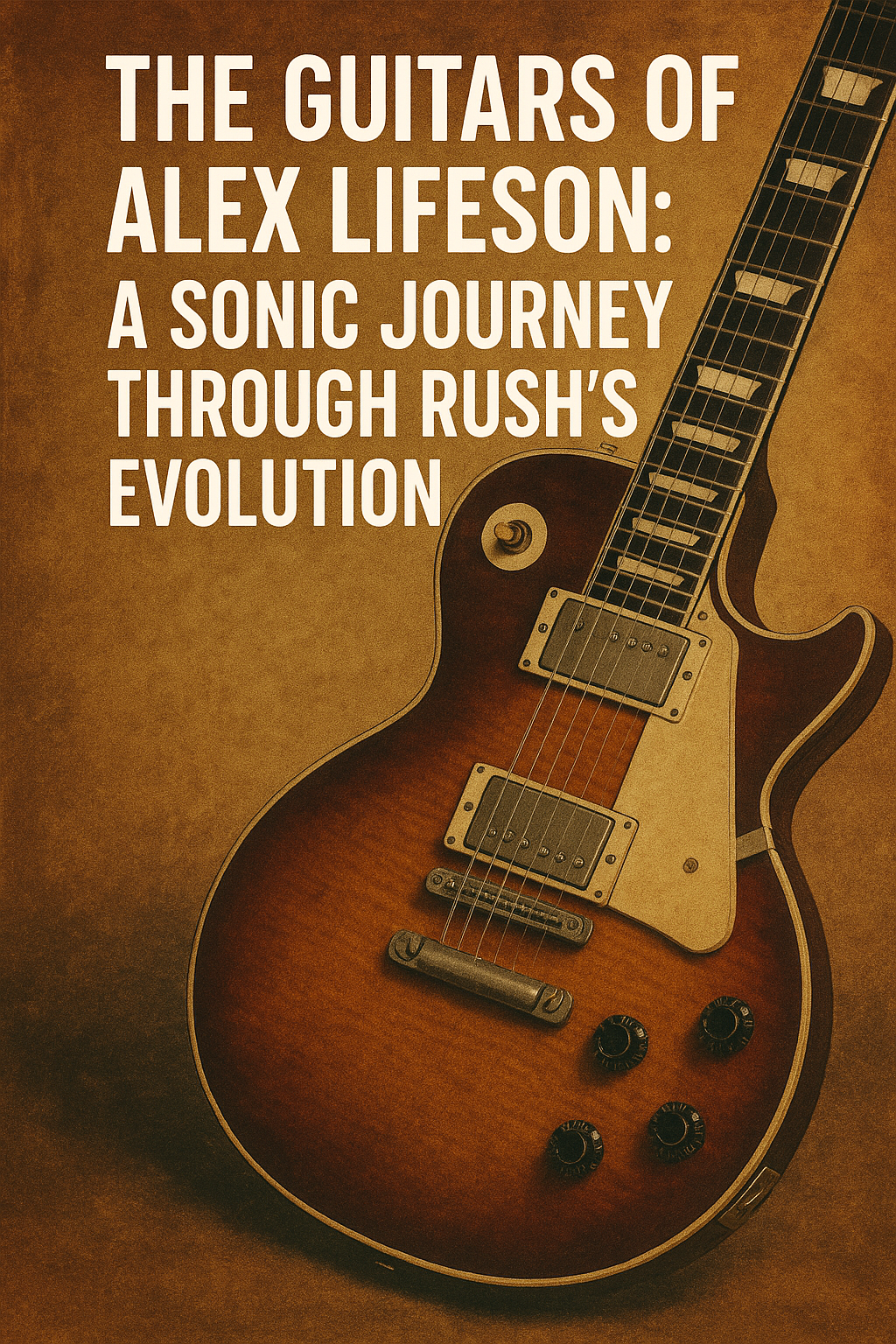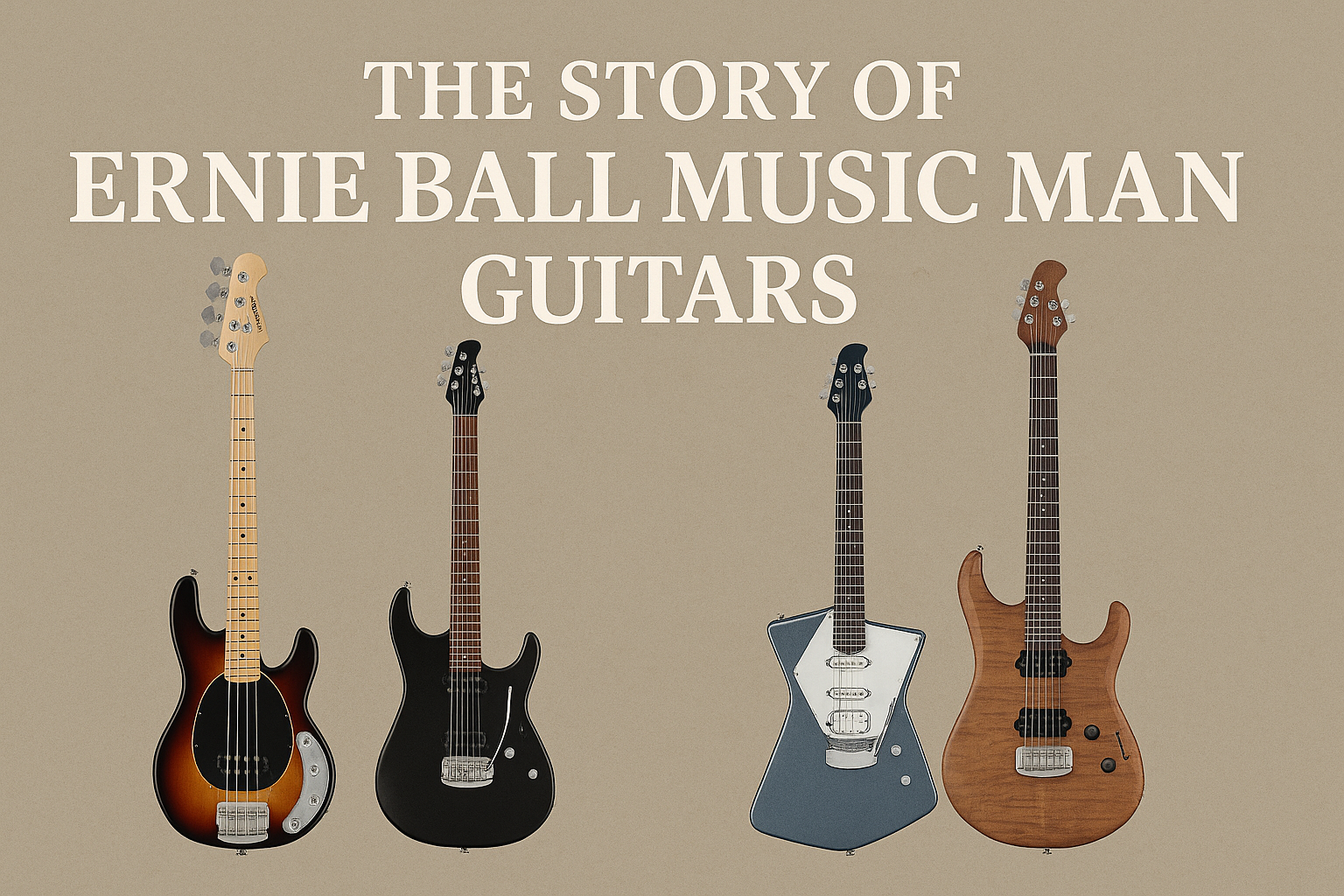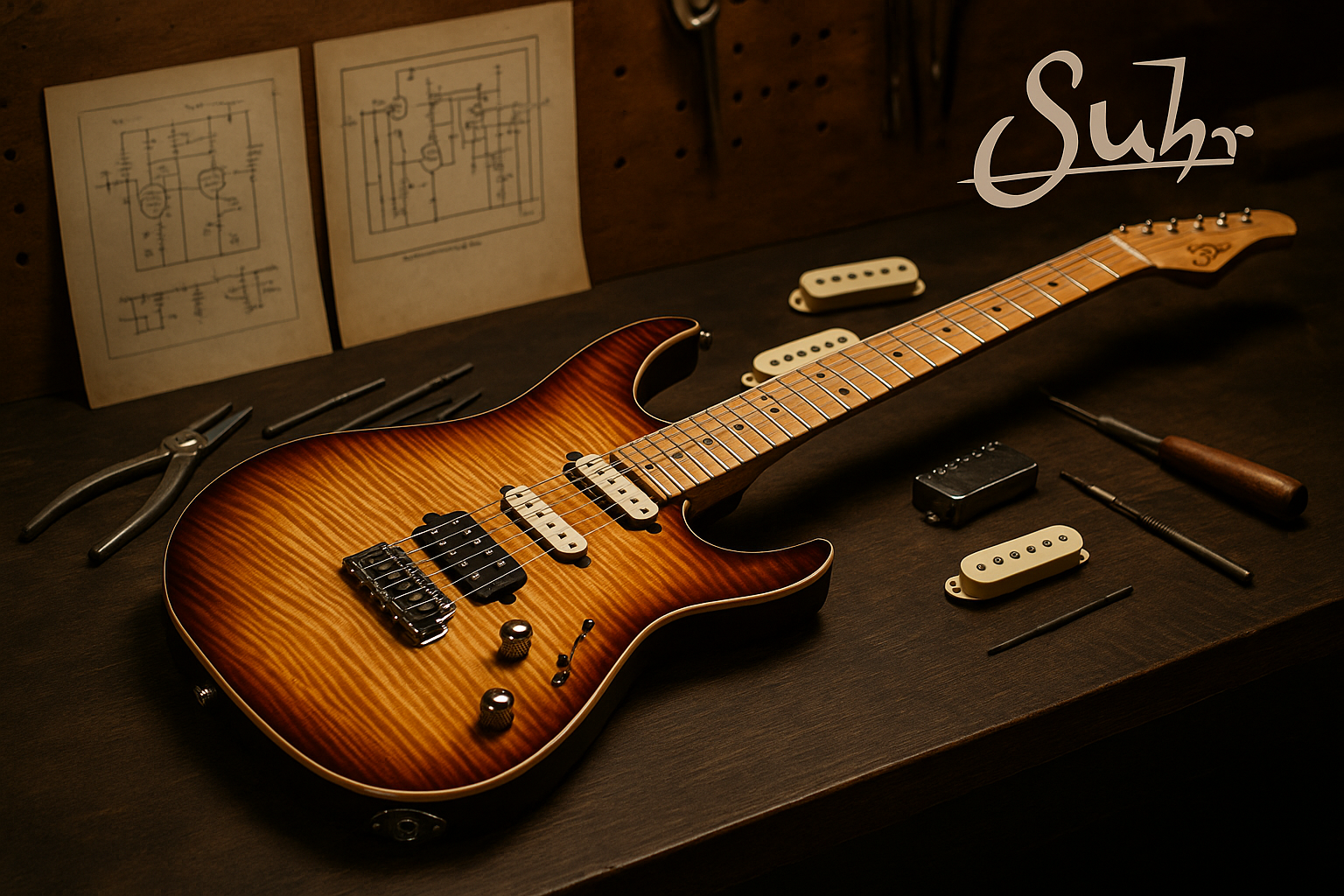Fender has been at the forefront of electric guitar innovation since the early 1950s, and its pickups have played a pivotal role in defining the company’s iconic sound. From the twangy brightness of early single-coils to the versatility of modern designs, Fender pickups have continuously evolved to meet the needs of players across genres and generations. Let’s dive into the key Fender pickups of each era and explore how they shaped the sound of music.
1950s: The Birth of Fender Pickups
Key Pickups:
• Broadcaster/Telecaster Single-Coils (1950)
• Stratocaster Single-Coils (1954)
In the 1950s, Fender introduced the single-coil pickup design that became synonymous with its guitars. The Broadcaster/Telecaster single-coils debuted in 1950, offering a bright and articulate tone with a touch of warmth. The bridge pickup was known for its twang and bite, while the neck pickup provided a rounder, fuller sound. This design became the hallmark of country and early rock ‘n’ roll.
In 1954, Fender launched the Stratocaster with a trio of single-coils. These pickups featured staggered pole pieces to balance string volume and a slightly softer, bell-like quality compared to the Telecaster pickups. Their versatility made them ideal for the emerging sounds of rock, blues, and surf music.
What They Were About:
These pickups were designed to be functional and durable, emphasizing clarity and articulation. They delivered an unmistakable Fender tone that laid the foundation for electric guitar music.
1960s: Refining the Sound
Key Pickups:
• Jazzmaster Single-Coils (1958)
• Jaguar Single-Coils (1962)
The 1960s saw Fender exploring new designs tailored to specific musical styles. The Jazzmaster pickups, introduced in 1958, were larger, flat-wound single-coils with a mellower and warmer tone. Designed for jazz musicians, they found favor in surf rock and indie music due to their rounded, full-bodied sound.
The Jaguar pickups, introduced in 1962, were smaller single-coils with metal shielding claws to reduce noise and increase focus. They delivered a brighter, snappier tone, making them ideal for surf rock and later punk and alternative genres.
What They Were About:
Fender pickups in the 1960s aimed to diversify the brand’s tonal offerings. They retained the clarity of earlier designs but catered to specific niches, such as jazz and surf music.
1970s: The Rise of Hotter Pickups
Key Pickups:
• Wide Range Humbuckers (1972)
• Bullet Truss Stratocaster Single-Coils (1970s)
As music styles became louder and heavier, Fender adapted by introducing pickups with more output. The Wide Range Humbucker, designed by Seth Lover (formerly of Gibson), was Fender’s answer to the humbucker craze. Found in the Telecaster Deluxe, Telecaster Custom, and Starcaster, these pickups combined humbucking warmth with Fender’s trademark clarity.
Meanwhile, the Stratocaster single-coils of the era were wound slightly hotter to compete with the higher output of competing pickups, creating a slightly thicker and more aggressive sound.
What They Were About:
The pickups of the 1970s reflected Fender’s need to adapt to changing musical landscapes, providing higher output and new tonal textures.
1980s: Experimentation and Innovation
Key Pickups:
• Lace Sensor Pickups (1985)
• Active EMG Pickups (used in Fender Elite Series)
The 1980s were a time of experimentation for Fender. The Lace Sensor pickups, introduced in the mid-1980s, offered noiseless performance and greater sustain. Found in the Strat Plus and other models, these pickups maintained the clarity of traditional single-coils while reducing hum, making them suitable for clean and high-gain applications.
In the early 1980s, Fender also dabbled with active electronics, including EMG pickups, in models like the Fender Elite Stratocaster. These pickups offered consistent output, enhanced tonal clarity, and expanded frequency response.
What They Were About:
Fender embraced modern technology to appeal to players seeking noiseless performance, expanded tonal options, and higher fidelity.
1990s: Back to Basics with Modern Enhancements
Key Pickups:
• Texas Special Single-Coils (1990s)
• Noiseless Series (1998)
The 1990s saw Fender returning to vintage-inspired designs with modern twists. The Texas Special pickups, introduced in the SRV Signature Strat, offered hotter output with pronounced mids and treble, perfect for blues and rock players seeking more bite.
In 1998, Fender introduced the Noiseless Series pickups, blending the clarity and dynamics of traditional single-coils with hum-canceling technology. These pickups became standard in higher-end models and appealed to modern players.
What They Were About:
Fender sought to merge vintage tonal qualities with the benefits of modern noise reduction and higher output.
2000s–2010s: Expanding the Palette
Key Pickups:
• Shawbucker Humbuckers (2014)
• Custom Shop Fat ’50s and 69s
In the 2000s and 2010s, Fender broadened its range to include a mix of vintage reissues and modern designs. The Shawbucker humbuckers, introduced in 2014, offered warm, high-output tones tailored for players seeking humbucking power while retaining Fender’s signature clarity.
Custom Shop pickups like the Fat ’50s and Custom ’69s became popular for their faithful recreations of classic single-coil tones, offering vintage warmth, sparkle, and dynamic response.
What They Were About:
This era focused on catering to both traditionalists and modern players, ensuring Fender’s pickup designs were versatile and wide-reaching.
2020s: Versatility Meets Tradition
Key Pickups:
• V-Mod II Single-Coils
• Noiseless Pickups (4th Generation)
The 2020s have continued Fender’s tradition of blending innovation with heritage. The V-Mod II pickups, featured in the American Professional II series, offer carefully calibrated tones for each position, emphasizing warmth and clarity. Meanwhile, the 4th Generation Noiseless pickups deliver even more refined noiseless performance with enhanced tonal depth.
What They’re About:
Fender’s modern pickups aim to preserve the iconic tones of the past while meeting the demands of today’s players for flexibility, reduced noise, and improved dynamics.
Conclusion
Fender pickups have continuously evolved to reflect changing musical landscapes, balancing innovation with respect for tradition. From the jangly single-coils of the 1950s to the noiseless and versatile designs of today, Fender has remained a leader in crafting pickups that define the sound of electric guitar music. Whether you’re a vintage tone purist or a modern player seeking versatility, there’s a Fender pickup to match your style.

